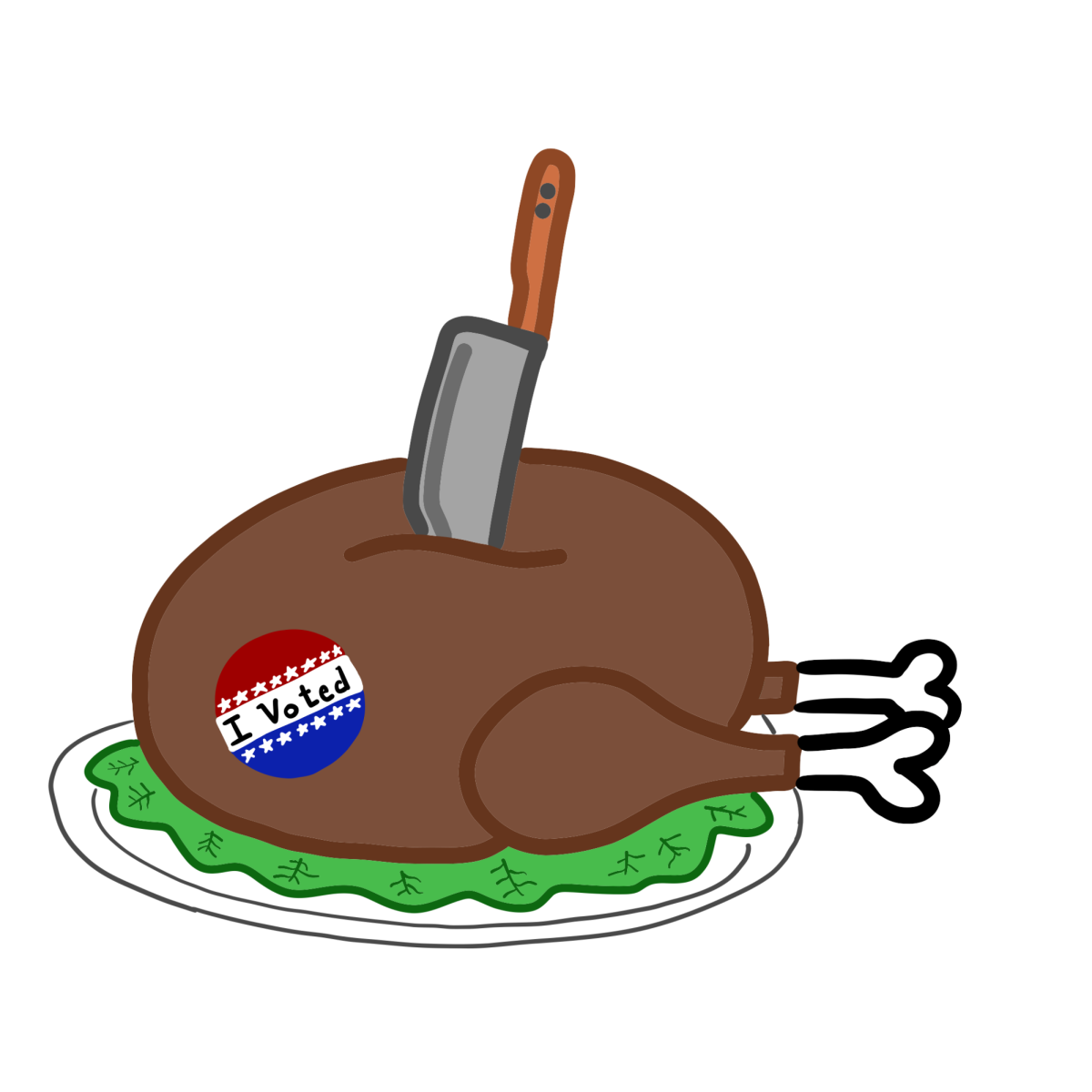

Last week, while reading The Paisano, it came to my attention that Provost John Frederick was considering implementing a five percent tuition increase for part time students as a means of getting UTSA to rise to “Tier One” status.
Any individual who regularly visits the UTSA campus or website is knowledgeable of UTSA’s preoccupation with achieving “Tier One” status. Personally, I have no qualms with the “Tier One” campaign and I applaud the fact that the university is taking the initiative to build a successful and high-class school environment for students. However, I am worried that this particular step the university’s administration is taking to achieve “Tier One” status is inconsiderate of a vulnerable student demographic.
Contrary to popular belief, a majority of part-time students at universities are in that position due to economic hardships, as opposed to sheer laziness or lack of motivation to succeed. Students that pursue part-time college enrollment are either working full time or cannot afford to enroll full-time. For this reason, any tuition hike on that demographic of students is bad economics and immoral.
Putting additional economic burdens on students facing economic hardships will not lead to more students enrolling full time. Instead, it will lead to an increase in dropout rates at UTSA and will also deter working class students from seeking admission to the university. This will hurt student diversity at UTSA.
With the high dropout rates and low enrollment rates this initiative will most definitely lead to, it is hard to see how it can be of good to the university’s “tier-one” campaign. Especially since one of the ways a university can achieve “tier-one” status is through student retention.
Apart from the faulty economics of raising tuition rates on poor students as punishment for being poor, the initiative is also somewhat immoral. It shows UTSA’s lack of empathy for the actual student population. If UTSA raises tuition on poor and working class students, it sends the message that the UTSA administration cares more about making a “tier-one” image for itself, than giving students access to an education. That is unfortunate.
A compassionate solution to combating part-time enrollment in the student body is to offer more scholarships to low income students regardless of immigration status and allow housing fees and meal plans to be paid on an a scale based on income, regardless of immigration status. This is a better solution for students who have bleak choices like deciding between classes and food, shelter or other human necessities. This method will also motivate students to choose to stay and participate in UTSA.
Hopefully the UTSA administrative body can invest in compassionate approaches towards improving the school environment and fostering success in the student body.












